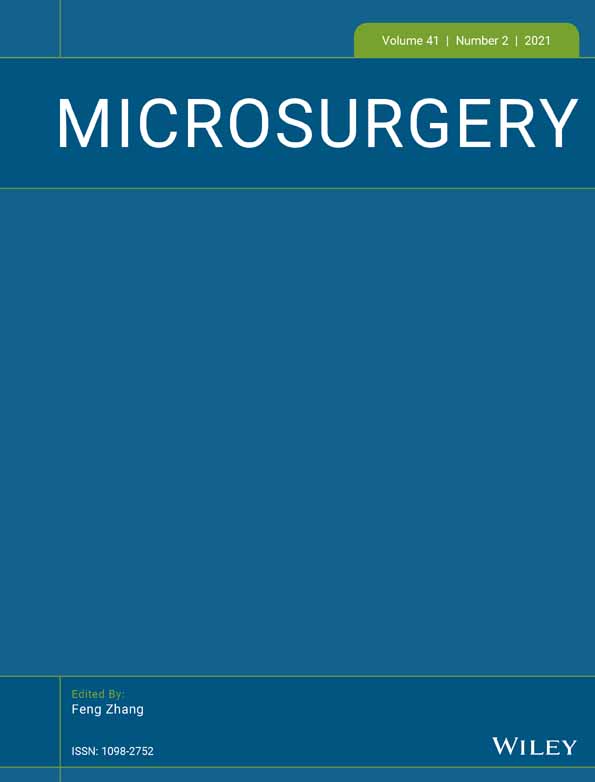Unilateral frontalis muscle paralysis reanimated by contralateral frontalis muscle through sural nerve graft connecting the two muscles (muscle-nerve-muscle neurotization technique)—A case report
Abstract
Paralysis of the frontalis muscle is extremely difficult to reverse. The best treatment for facial paralysis reanimation which preserves spontaneity and muscle specificity is end-to-end neurorrhaphy through cross-face nerve grafting. However, it is rarely possible. Muscle-nerve-muscle (MNM) neurotization consists of an interposition of a nerve graft connecting the normal muscle to the denervated muscle. The axons of the muscle with intact innervation grow inside a neural graft towards the paralyzed muscle resulting in neurotization. The purpose of this report is to present a case of frontalis muscle paralysis reanimated by MNM neurotization. A 65-year-old female patient presented complete facial paralysis after temporomandibular joint surgery. Five months afterwards, the patient spontaneously recovered facial muscle movements except the frontalis muscle. Definitive paralysis of the frontalis muscle was diagnosed after 11 months, and MNM neurotization was chosen and performed. Three strings of sural nerve were placed in separated tunnels in the subcutaneous plane, through small skin incisions to connect the two bellies of frontalis muscle bilaterally, and then sutured into the muscle pocket of each side. The patient presented voluntary and synchronic contraction of the bilateral frontalis muscle, 4 months after neurotization. Electroneuromyography confirmed muscle contraction by contralateral stimulation. Despite its efficacy still being researched, it is a very promising technique for the reanimation of small muscles in facial paralysis.
CONFLICT OF INTEREST
There is no conflict of interest.




